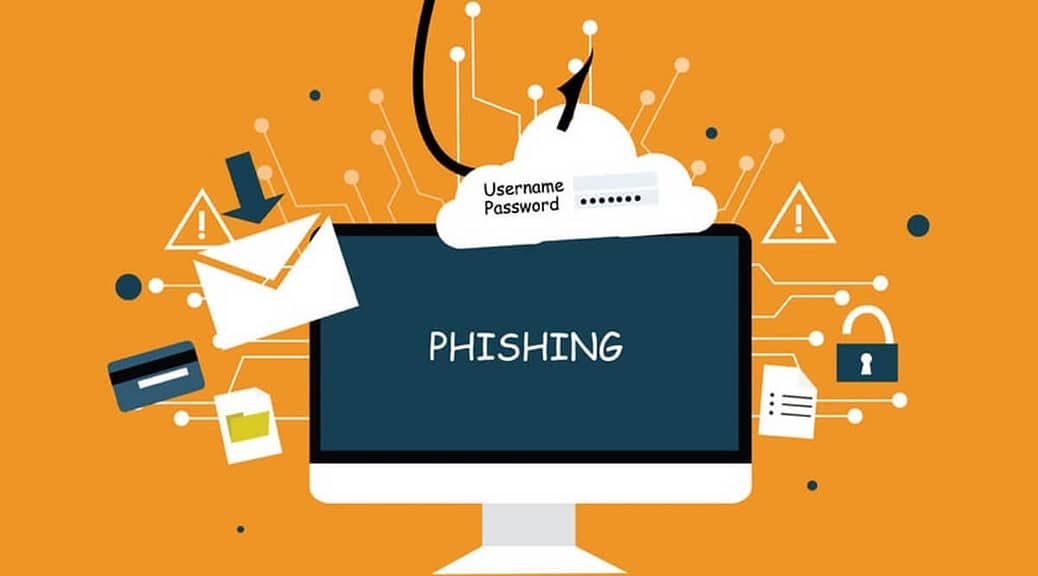
Phishing: How to Protect Yourself: A Guide to Spotting and Avoiding Online Scams

Phishing can pose serious risks to our personal information and financial security in today’s digital world. For individuals who may feel less comfortable with technology, it’s important to understand what phishing is and how to identify and avoid these deceptive tactics. In this article we’ll explore the world of phishing, provide practical tips to help you stay safe, and empower you to protect yourself online. Let’s get started!
Understanding Phishing
Phishing is a type of cyber attack where scammers impersonate trusted organizations to deceive individuals into revealing sensitive information such as passwords, credit card details, or social security numbers. These scams typically occur through deceptive emails, text messages, fraudulent websites, and sometimes even phone calls or texts impersonating someone you know or trust.
What to do?
- Be Cautious of Suspicious Emails: Phishing attempts often arrive in the form of deceptive emails that appear to be from legitimate sources. Pay attention to unusual greetings, spelling or grammatical errors, requests for personal information, or urgent demands. Take a moment to scrutinize such emails and avoid clicking on any suspicious links or downloading unknown attachments.
- Watch Out for Fake Websites: Phishers create fraudulent websites that closely resemble those of reputable companies or organizations. Before providing any personal information, double-check the website’s URL for misspellings, additional characters, or unusual domain extensions. Look for secure connections (https://) and trust indicators like padlock icons in the browser’s address bar. When in doubt, call the company and speak to a customer service representative.
- Remain Vigilant Against Urgency and Threats: Phishers often employ tactics to create a sense of urgency or fear, pushing you to take immediate action. They may threaten to close your account or impose penalties if you don’t respond promptly. Remember, legitimate organizations rarely communicate urgent matters via email or text. Take a moment to verify the authenticity of the message before proceeding.
- Beware of Phone Calls or Texts Impersonating Trustworthy Individuals: Phishing attempts can also involve scammers impersonating someone you know or trust, such as your company’s CEO or a colleague. They might contact you via phone call or text, seeking sensitive information or making urgent requests. Always exercise caution and verify the identity of the caller or sender through an alternative means of communication before taking any action. This is happening more, and more, so reach out to the person who you think you’re talking to, to make sure it’s really them. Email, call or text them.
- Protect Your Personal Information: Never disclose personal or sensitive information such as passwords, social security numbers, or financial details through email, text, or unfamiliar websites. Reputable organizations would never request such information through insecure channels. When in doubt, contact the organization directly using verified contact information to confirm the legitimacy of the request.
- Never Engage in Suspicious Activities: Remember to never engage in suspicious activities that scammers may ask for, such as purchasing gift cards, phone cards, or sending money via Western Union. Legitimate organizations will never ask you to make payments through these methods. Additionally, avoid clicking on links in unsolicited texts or emails as they could lead to fraudulent websites designed to steal your information.
Takeaway
Phishing attacks can be sophisticated, targeting individuals through various channels. By being aware of the tactics employed by phishers and following these tips, you can protect yourself from falling victim to these online scams. Remember to be cautious of suspicious emails, verify website authenticity, remain skeptical of urgency and threats, avoid sharing personal information online, and be wary of phone calls or texts impersonating trustworthy. When in doubt, stop and contact the organization directly using verified contact information to confirm the legitimacy of the request.